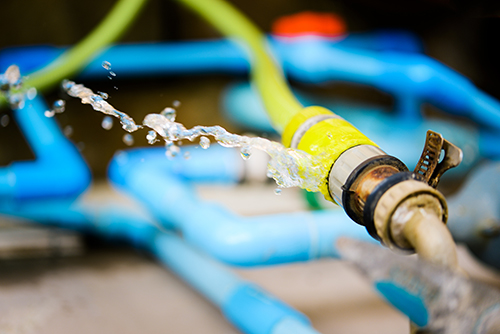There are strict procedures to be followed to show a building has recovered after an unforeseen contamination event such as those listed below.
Unexpected flood, water leak, sewage ingress, house fire or nearly bushfire, drug manufacture or other crime activity, or infection outbreak mean a building is often unfit for occupation until it is remediated and tested to show that risks are mitigated.
LITMAS can support clients through initial assessment and scoping of works, to final confirmation that the building is again fit for purpose where microbial contaminants are of concern.
We work alongside building inspectors, hygienists, restorers, building and facility managers, HVAC specialists and those who understand insurance and building services to provide a more holistic solution and identify causes of damage.
We provide site assessment program support, and independent laboratory services to ensure that we accurately identify cause of damage, and that succesful remediation is proven.
Risks to health are reduced by targeting harmful contaminants and identifying their causes:
Biological Contaminants
- Mould and fungi
- Dampness and sewage related bacteria
- Bird/bat infestation
- Rodent infestation
- Dust-mites
- Soiling-indicating debris and bacteria
- Overground run off contamination
Chemical Contaminants
- Fire residue contamination
- Accidentally released toxic substances
- Chemical spills
- Odour sources
- Gases such as Volatile Organic Compounds and formaldehyde
- Airborne inhalable and respirable particles
Causes Investigated
- Historic damage
- Water ingress during construction impacting sorbent building materials
- Plumbing and hydrant failure
- Storm, flood, or cyclone
- Sewage backflow
- Contaminated air-cooling system (air conditioning)
- Bushfire smoke ingress
- House or contents fire
- Building operation failure
- External factors

